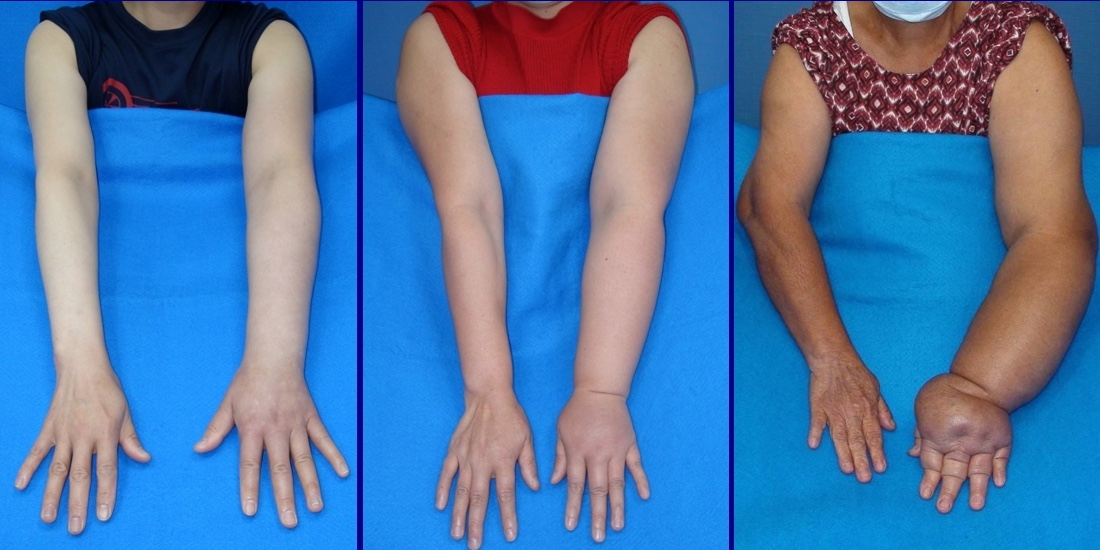The Lymphatic system is made up of lymph nodes, lymphatic vessels, and the fluid that circulates throughout the system, lymph. For soaking up the fluid in the tissues it uses a structure of a lymphatic vessel called lymphatic capillaries, which is comprised of a type of cell called endothelial cells. After the fluid is soaked up they are transported throughout the body through the collecting vessels. These vessels are made of multiple units called lymphangions which spur this movement. The lymphangion is basically an upper valve of a thick layer of endothelial cells connected to a long tube of endothelial cells, which is coated by layers of lymphatic smooth muscle cells. This structure is connected to the upper valve of the next unit as can be seen in the figure below (To Learn More).

The structure of the lymphangions are important to controlling the mechanics behind fluid flow. The formation of the valve and the characteristics of the fluid flow both affect the other component. The leaflets are the flaps of tissue on the valve that help close it, and it is important that it forms normally with two leaflets (bileaflet) rather than one or else flow is skewed towards the wall of the vessel. This causes an increase wall shear stress, which is basically where the fluid is putting a lot of sideways force on the tissues.
The amount of shear stress put onto the wall can actually affect the contractions of the vessel itself regarding its frequency and magnitude. It’s because the shear stress has a connection to the production of Nitric Oxide (NO). Too much NO is believed to cause the muscle cells of the vessel to relax, meaning less fluid is traveling which can lead to buildup of fluid and swelling in your tissues, but there is also a level of just a little bit of NO that is believed to cause more frequent contractions of these cells.
Flow also affects a characteristic called transmural pressure, and it is this that propels the fluid to keep moving throughout the lymphangions. The first valve opens up to allow the lymph to flow in and build up. This flow means there is a higher intraluminal pressure than the pressure outside the vessel, the pressure difference can be stated to be a high transmural pressure as there is a large difference between inside pressure and outside pressure once fluid builds up. The outlet valve of the vessel opens up when there is a high transmural pressure, but once the intraluminal pressure returns to baseline the initial valve opens up again and the process repeats. Even the shear stress mentioned previously can have an effect on the contraction of the surrounding muscle, with higher transmural pressure increasing the amount of shear stress needed to affect the actions of the valves and manage the contractions of the vessel.
There are many components to making your lymphatics function properly and help fluid travel to wherever you need within your body. If even one of these processes had deviated then most of the time it would lead to fluid buildup and swelling, which isn’t very fun. Those who suffer from conditions like lymphedema, while it is just swollen limbs, it is a chronic condition that greatly reduces your quality of life. Overall, the lymphatic system is crucial to maintaining that fluid-tissue balance within your body, and it is important it functions in a very specific way and understanding that can help to later understand why some diseases work the way they do.
